
Amyotrophic Lateral Sclerosis (ALS), often referred to as Lou Gehrig’s disease, is a progressive neurodegenerative disorder that affects nerve cells in the brain and spinal cord. Over time, ALS leads to muscle weakness, paralysis, and ultimately, respiratory failure. While the average person may not think about the complexities of this disease, patients, families, and researchers are deeply impacted by its devastating effects.
The ALS Association plays a crucial role in advancing research, providing care services, and advocating for policies that support those affected by ALS. Understanding the mechanisms of the disease, current treatment options, and the work of organizations like The ALS Association is essential in the fight against this relentless condition.
Understanding ALS
Amyotrophic Lateral Sclerosis (ALS), also known as Lou Gehrig’s disease, is a progressive neurodegenerative disorder that affects nerve cells in the brain and spinal cord. This condition leads to the gradual loss of muscle control, impacting mobility, speech, and even breathing. Understanding ALS involves exploring its definition, recognizing its symptoms, and examining how it affects individuals on a physical, emotional, and social level.

Physiotherapist assisting a patient with Amyotrophic Lateral Sclerosis.
What is Amyotrophic Lateral Sclerosis?
ALS is a disease that targets motor neurons, the nerve cells responsible for transmitting signals from the brain to muscles. Over time, these neurons degenerate and die, disrupting communication between the brain and muscles. Key characteristics of ALS include:
- Progressive Nature: Symptoms worsen over time, leading to significant physical disability.
- No Known Cure: While treatments can manage symptoms and improve quality of life, there is currently no cure for ALS.
- Types of ALS: The condition can be sporadic (most common) or familial (inherited in about 5-10% of cases).
Symptoms of ALS
The symptoms of ALS vary but generally include:
- Muscle Weakness: Often begins in the hands, arms, legs, or speech muscles and progresses to other areas.
- Twitching and Cramping: Fasciculations and muscle spasms are common early signs.
- Difficulty Speaking and Swallowing: Speech may become slurred, and swallowing can become challenging as the disease advances.
- Respiratory Issues: Weakness in the diaphragm and chest muscles can lead to breathing difficulties in later stages. Symptoms typically start subtly and progress over months or years, affecting daily activities and independence.
How ALS Affects People
ALS impacts individuals in profound ways, including:
- Physical Effects: Loss of muscle strength and coordination leads to reliance on assistive devices and caregivers.
- Emotional Impact: The diagnosis and progression of ALS can cause anxiety, depression, and emotional distress for both patients and their families.
- Social Challenges: Communication difficulties and physical limitations may lead to isolation and changes in relationships. Understanding the multifaceted effects of ALS is crucial for providing comprehensive care and support to those living with the condition.
Causes and Risk Factors
Amyotrophic Lateral Sclerosis (ALS) is a complex neurodegenerative disease with no single known cause. While the exact mechanisms behind ALS remain unclear, research has identified several potential causes and risk factors that contribute to its development. This overview examines the causes of ALS, explores who is most likely to develop the condition, and highlights the role of genetic factors in its progression.
Causes of ALS
The causes of ALS are multifactorial, involving a combination of genetic, environmental, and biological factors. Key contributors include:
- Motor Neuron Degeneration: ALS occurs when motor neurons in the brain and spinal cord gradually deteriorate, disrupting communication between the brain and muscles.
- Oxidative Stress: Damage caused by free radicals may contribute to the degeneration of motor neurons.
- Protein Aggregation: Abnormal clumping of proteins in nerve cells can impair their function and lead to cell death.
- Environmental Triggers: Exposure to toxins, heavy metals, or pesticides has been suggested as a potential risk factor; however, the evidence remains inconclusive.
Who Gets ALS?
ALS can affect anyone, but certain groups are at higher risk. Key demographics include:
- Age: Most cases are diagnosed between the ages of 40 and 70, with the average age of onset being 55.
- Gender: Men are slightly more likely to develop ALS than women, though this difference diminishes with age.
- Military Veterans: Studies show that veterans, particularly those exposed to environmental hazards, have a higher risk of developing ALS. While ALS is relatively rare, affecting approximately 2 in 100,000 people annually, understanding these risk factors can aid in early detection and intervention.
Genetic Factors in ALS
Genetics play a significant role in ALS, particularly in familial cases. Key insights include:
- Familial ALS: About 5-10% of ALS cases are inherited, often linked to mutations in genes such as SOD1, C9orf72, and TARDBP.
- Sporadic ALS: While most cases are sporadic, genetic predispositions may still contribute to susceptibility.
- Gene-Environment Interaction: Genetic mutations combined with environmental factors may increase the likelihood of developing ALS. By understanding the genetic and environmental factors associated with ALS, researchers aim to develop targeted therapies and improve outcomes for those affected by the disease.
Living with ALS
Living with Amyotrophic Lateral Sclerosis (ALS) presents significant physical, emotional, and social challenges. As a progressive neurodegenerative disease, ALS affects nearly every aspect of daily life, requiring individuals and their families to adapt to ongoing changes. This guide explores the daily challenges faced by people with ALS, highlights the importance of support systems and resources, and discusses strategies for adapting to life with the condition.
Daily Challenges for People with ALS
ALS impacts various aspects of daily living, creating obstacles that require adjustments and assistance. Common challenges include:
- Mobility Issues: Progressive muscle weakness leads to difficulty walking, standing, or performing basic tasks, often necessitating the use of wheelchairs or assistive devices.
- Communication Difficulties: As ALS affects speech muscles, individuals may experience slurred speech or lose the ability to speak entirely, requiring alternative communication methods.
- Nutritional Concerns: Swallowing difficulties (dysphagia) can make eating and drinking challenging, increasing the risk of malnutrition and dehydration.
- Respiratory Problems: Weakness in respiratory muscles can lead to breathing difficulties, requiring interventions such as non-invasive ventilation or tracheostomy.
Support Systems and Resources
Support systems play a vital role in improving the quality of life for individuals with ALS. Key resources include:
- Caregiver Support: Family members, friends, and professional caregivers provide essential assistance with daily tasks and medical needs.
- ALS Associations: Organizations like the ALS Association offer resources, advocacy, and support groups for patients and families.
- Medical Teams: Multidisciplinary care teams, including neurologists, physical therapists, and speech therapists, help manage symptoms and maintain functionality.
- Assistive Technology: Devices such as communication aids, powered wheelchairs, and adaptive tools enhance independence and communication.
Adapting to Life with ALS
Adapting to life with ALS involves both practical and emotional adjustments. Strategies include:
- Planning Ahead: Early discussions about care preferences, financial planning, and legal matters can ease future transitions.
- Focusing on Quality of Life: Engaging in meaningful activities, maintaining social connections, and seeking emotional support can improve well-being.
- Utilizing Available Resources: Leveraging community programs, assistive devices, and professional guidance can help individuals navigate the challenges of ALS. By addressing daily challenges, building strong support systems, and embracing adaptive strategies, individuals with ALS can maintain dignity and improve their quality of life despite the disease’s progression.
Treatment and Research
The management of Amyotrophic Lateral Sclerosis (ALS) focuses on slowing disease progression, alleviating symptoms, and improving quality of life. While there is no cure for ALS, advancements in treatment and ongoing research offer hope for better outcomes. This overview examines current treatment options, highlights recent research developments, and explores future directions in the search for a cure.
Treatment Options for ALS
ALS treatment involves a multidisciplinary approach to address the disease’s complex effects. Key options include:
- Medications: FDA-approved drugs like riluzole and edaravone can slow disease progression. Riluzole reduces damage to motor neurons, while edaravone helps combat oxidative stress.
- Symptom Management: Medications for muscle cramps, spasticity, and excessive saliva help improve comfort and functionality.
- Therapies: Physical, occupational, and speech therapy maintain mobility, adapt daily activities, and support communication as symptoms progress.
- Assistive Devices: Non-invasive ventilation, feeding tubes, and communication aids enhance quality of life and address specific challenges. These treatments aim to manage symptoms and extend survival, though they do not halt the disease entirely.
Current Research and Developments
Research into ALS is advancing rapidly, with scientists exploring its underlying mechanisms and potential therapies. Recent developments include:
- Gene Therapy: Targeting genetic mutations, such as SOD1 and C9orf72, offers promise for familial ALS cases.
- Stem Cell Therapy: Investigating the use of stem cells to repair or replace damaged motor neurons.
- Biomarkers: Identifying biomarkers to improve early diagnosis and track disease progression.
- Drug Trials: Ongoing clinical trials are testing new compounds to slow progression or protect motor neurons. These efforts are expanding understanding and opening new avenues for treatment.
Future Directions: Searching for a Cure for ALS
The ultimate goal of ALS research is to find a cure. Future directions include:
- Precision Medicine: Tailoring treatments to individual genetic and biological profiles for more effective outcomes.
- Combination Therapies: Exploring the use of multiple therapies to address the disease’s complexity.
- Global Collaboration: International research initiatives are pooling resources and knowledge to accelerate discoveries. By building on current advancements and fostering innovation, researchers are working toward breakthroughs that could transform the future of ALS care and potentially lead to a cure.
FAQ
What is ALS and how does it affect the body?
ALS, or amyotrophic lateral sclerosis, is a neurodegenerative disease that primarily affects motor neurons in the brain and spinal cord. As the disease progresses, motor neurons degenerate and die, leading to muscle weakness, atrophy, and difficulty in movement. Ultimately, this affects a person's ability to speak, swallow, and breathe, significantly impacting their quality of life.
What are the early symptoms of ALS?
Early symptoms of ALS may include muscle twitches, cramping, and weakness in the limbs. Individuals may also experience difficulty with fine motor skills, such as buttoning a shirt. These initial signs can vary widely among patients and are often mistaken for other conditions, which can delay the diagnosis of ALS.
What are the different forms of ALS?
The most common form of ALS is sporadic ALS, which occurs without a known family history of the disease. In contrast, familial ALS is inherited and appears in families. Both forms lead to similar symptoms and progression of the disease, but their causes may differ, with familial ALS often linked to genetic mutations.
How is ALS diagnosed?
The diagnosis of amyotrophic lateral sclerosis involves a thorough clinical evaluation, including medical history, physical examination, and various tests to rule out other diseases. Neurologists look for specific signs and symptoms of motor neuron disease, which can help confirm the diagnosis. Electromyography (EMG) and MRI scans may also be utilized to support the diagnosis.
What causes ALS?
The exact cause of ALS remains largely unknown, though researchers have identified several risk factors that may contribute to the development of the disease. Genetic factors play a role in familial ALS, while environmental factors may influence sporadic cases. Ongoing ALS research aims to uncover the underlying causes and mechanisms of the disease.
Can ALS be treated or managed?
While there is currently no cure for ALS, various treatments can help manage symptoms and improve quality of life. Medications such as riluzole and edaravone may slow disease progression. Additionally, therapies such as physical therapy, occupational therapy, and speech therapy can assist individuals in coping with the challenges posed by ALS.
What is the progression of ALS?
The progression of ALS varies significantly among individuals. Generally, the disease progresses from muscle weakness to more severe muscular impairment. Most patients experience a gradual decline in motor function, which can lead to advanced ALS, where mobility and independence are severely affected. The timeline from diagnosis to advanced stages can differ widely, with some patients living for several years.
What resources are available for people diagnosed with ALS?
Many organizations, such as the Muscular Dystrophy Association and the ALS Therapy Development Institute, provide resources and support for people living with ALS. These organizations offer information on managing symptoms, access to clinical trials, and community support, helping individuals and their families navigate the challenges of the disease.
How does having a family history of ALS affect risk?
A family history of ALS increases the likelihood of developing familial ALS, which accounts for about 10% of all cases. Genetic testing can identify specific mutations associated with familial ALS, allowing at-risk individuals to make informed decisions about monitoring and management. However, sporadic ALS can also occur in individuals without any known family history of the disease.
The Bottom Line
ALS is a devastating disease with no cure, but organizations like The ALS Association are driving progress through research, patient care, and advocacy. While challenges remain, advancements in genetic therapies and early detection offer hope for future breakthroughs.
For those affected by ALS, support from medical professionals, caregivers, and advocacy groups is crucial. By continuing to fund research and raise awareness, we move closer to a world without ALS.
To learn more about how you can contribute, visit www.als.org.


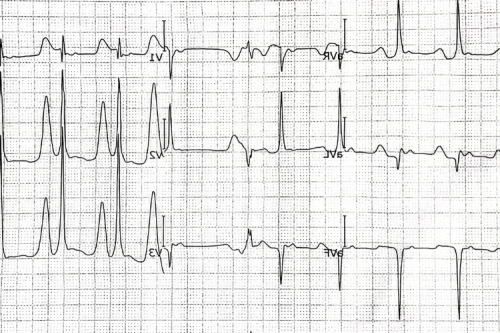
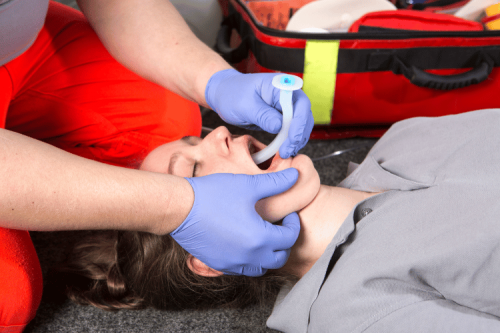
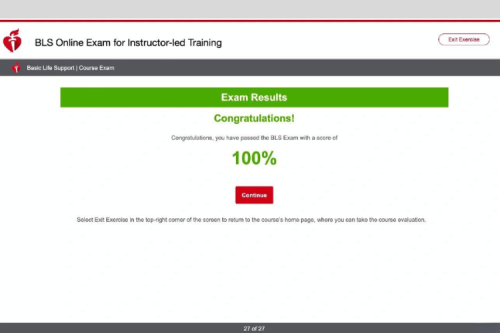
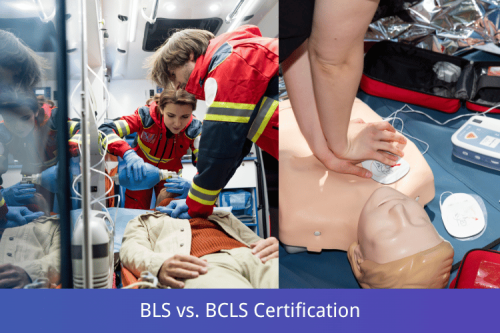
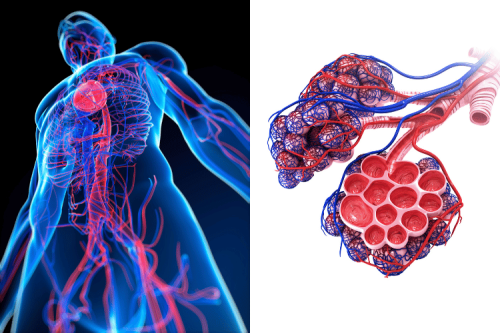

 Login with Google
Login with Google Login with Facebook
Login with Facebook